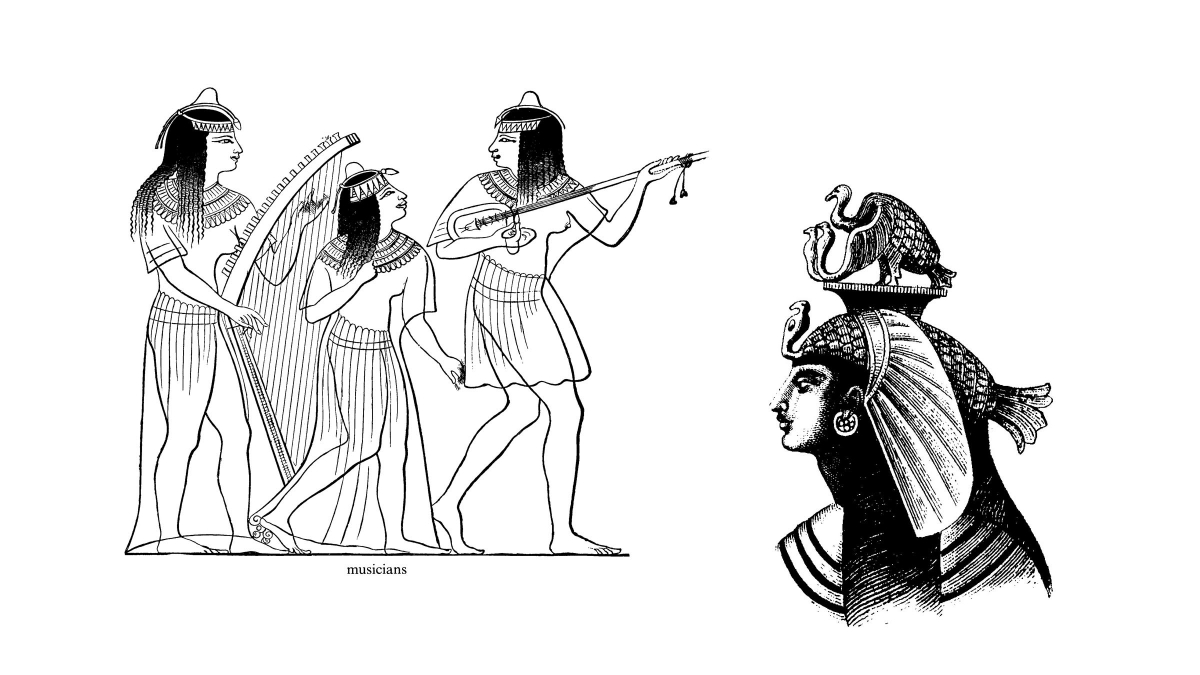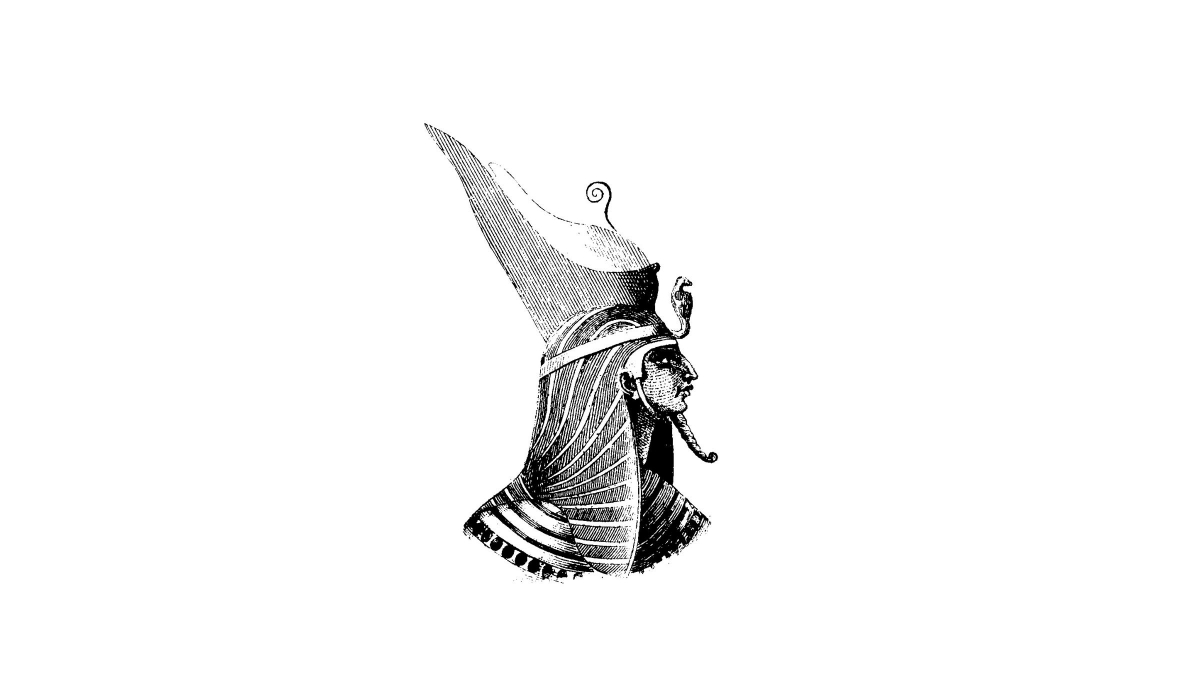The People of Ancient Egypt
Who were the people of Ancient Egypt? What did they look like? What evidence can we get from archaeology and anthropology? Can Ancient Egyptian statues and paintings tell us what people really looked like in the Age of the Pyramids?
The ancient population of Egypt has never been extinguished nor replaced, but is in fact ancestral to most of the modern population of Egypt. Ancient Egyptians looked very much like modern Egyptians; the faces on the walls of tombs and temples can be matched by the faces to be seen on the streets of modern Cairo. It's good to keep this in mind when watching movies set in Ancient Egypt, such as The Ten Commandments., Stargate or the Mummy. The actors in such films are usually Americans or Europeans, and seldom give a good idea of what Ancient Egyptians looked like.
Egypt is located on the African continent. Egyptians are an African people, but not all African nations look alike, nor do all Africans have the same colour of skin. Koffi Anan, the United Nations Secretary General, former South African President Nelson Mandela, the actor and model, Imam, and Egyptian archaeologist Zahi Hawass are all Africans.

Archaeology and anthropology can tell us a great deal about Ancient Egyptians. There are many mummified remains of Ancient Egyptians, though far fewer from the Age of the Pyramids than from later times. The scientific study of mummies reveals interesting and surprising things about the ancient peoples. At the site of ancient Nekhen, for example, archaeologists of the Hierakonpolis Expedition have discovered many well preserved bodies, with hair intact. This hair is being studied by Dr. Joann Fletcher. Most of the hair samples are cynotrichous (Caucasian) in type as opposed to heliotrichous (Negroid). Though most hair found is a natural dark brown and wavy, one ancient man had curly, naturally red hair. People used henna, and added artificial lengths of hair to create elaborate hairdos more than five thousand years ago. You can keep up to date on the discoveries at Nekhen by visiting www.hierakonpolis.org.
Zahi Hawass also been studying ancient bodies. The graves of the skilled workers at Giza - the men and women who built the pyramids - have yielded skeletons of people who averaged 5'7" to 6' tall - much taller than previous estimates of the average height of Ancient Egyptians. They also showed, through the wear and tear still visible on their bones, the tremendous human effort required to erect pyramids. You can follow the work of Dr. Hawass and the Supreme Council for Antiquities at his official website, the Plateau, http://guardians.net/hawass/index.htm.
Ancient Egyptian artists usually (but not always) represent Egyptian men with reddish brown skin, and Egyptian women with a yellowish skin tone. (This may reflect the fact that men's work more often took them outside in the sun, and women's work more often kept them in the shade or in the home.) Now, as then, Egyptians tend to have darker skin the in the
 South, and lighter in the North. In fact, Ancient Egyptian art shows us a people who were "variety itself" as Gambol Mother wrote in General History of Africa II: Ancient Civilizations (UNESCO International Scientific Committee for the Drafting of a General History of Africa [Berkely, California, 1981,] p.15)
South, and lighter in the North. In fact, Ancient Egyptian art shows us a people who were "variety itself" as Gambol Mother wrote in General History of Africa II: Ancient Civilizations (UNESCO International Scientific Committee for the Drafting of a General History of Africa [Berkely, California, 1981,] p.15)
Ancient Egyptian artists distinguished themselves from Nubians, whose skin they usually show as black or dark yellowish brown, and from people from West Asia, whom they depict with light yellowish skin, the men with heavy dark beards. The people to the west, the Libyans, are usually shown with pale skin and reddish-brown hair. These skin colours probably reflect a relative difference in skin tone, but they are conventional, and do not refer to any particular Libyans, Syrians, or Nubians, whose skin might have been much darker or much lighter than the stereotype.
The Ancient Egyptians, like most people in the world, thought that they alone were truly civilized, and that their neighbours were rather barbaric. However, foreigners who assimilated into Egyptian society by learning the language and living an Egyptian lifestyle seem, at all levels, to have been accepted.
